unfilter
20.07.19, 2.00 – 7.00 PM
Department of Psychiatry and Psychotherapy, Charité Campus Mitte of Humboldt-Universität zu Berlin
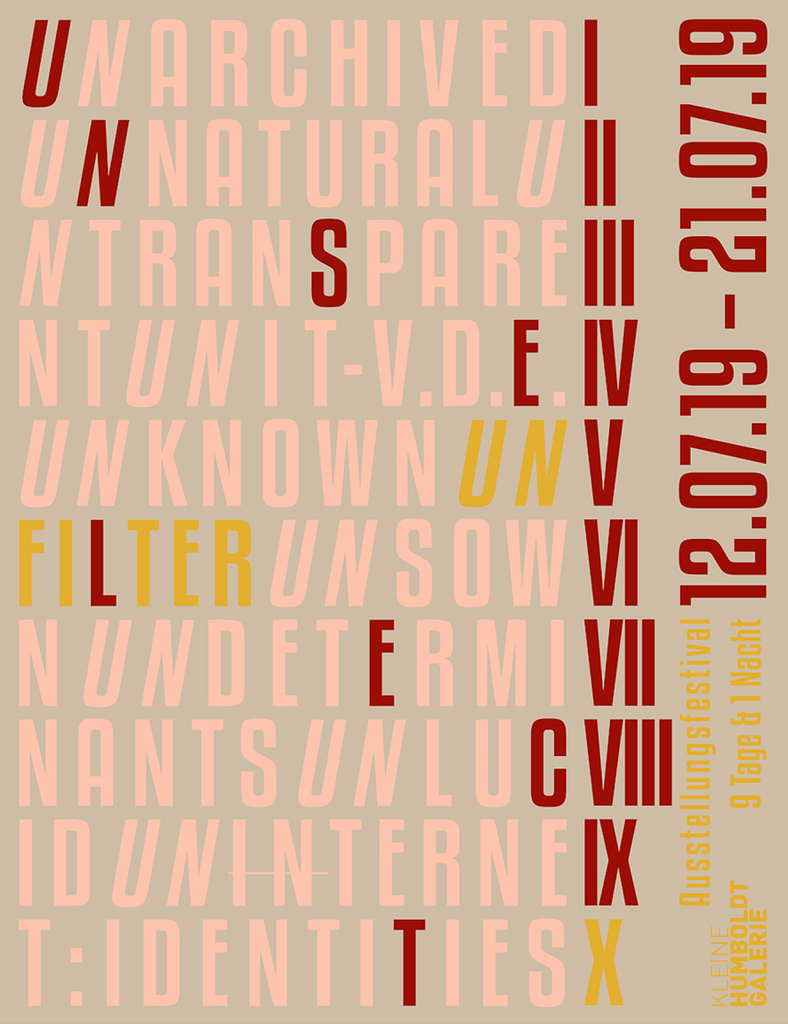
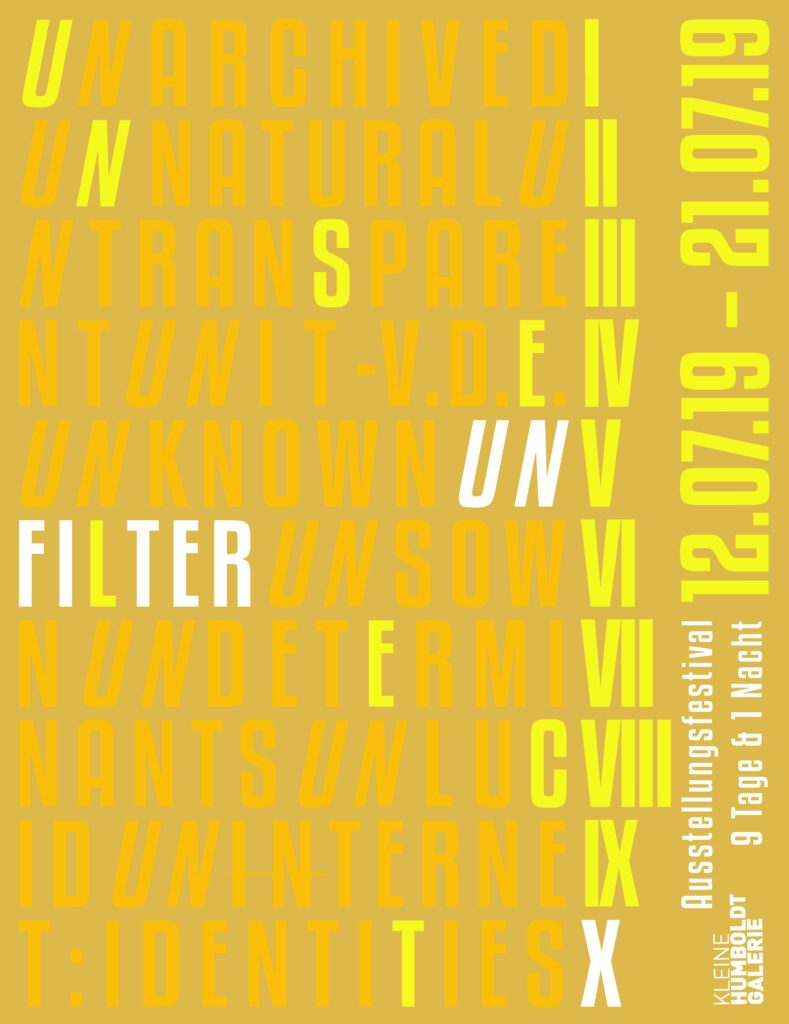
Our images of reality are based on the constant filtering of stimuli. Through the process of
drawing, this unconscious filtering of sensory impulses is transformed into a conscious, yet intuitive selection.
What the exhibited artistic positions have in common, is not only the medium of drawing itself, which as a trace of our body on paper directly sets us in relation with our environment, but also the claim that they translate the perceived reality into their own formal languages. The artist’s own character systems, as the result of this translation, show us that our selection processes produce a very individual reality.
Scientific drawings, although they are distinguishable through their individual languages, don’t have the aim to negotiate the draftsman’s own perception. Rather, they create a mnemonic that clearly arranges the complex reality and makes it understandable at a glance, so that it is imprinted on the image memory of the scientist.
Again, the graphical negotiation of reality is filtered by the visitors, who are significantly influenced by the setting of the space where they view the image – the lighting, their position, and other objects in the field of view. What happens if the external environment is extremely reduced? Is the perceptual image more determined by the inner experience of the observer?
By turning away from the conventional exhibition design towards a more experience-based encounter with the works of art, the viewer is given an active role in the visual experience – after all, it is within each individual observer where the perceptual form of the work of art is created again and again.
Works
Lucius Fekonja: Anatomy of the deep temporal nerves and vessels, 2018; Anastomosis of saphenous vein and internal carotid artery, 2018; Anastomosis of middle cerebral artery and radialis artery, 2018; Temporal muscle dissection, 2018; Superficial temporal artery bypass, 2018
The neurosurgical drawings by Lucius Fekonja arise from his work as a scientific illustrator at the Department of Neurosurgery of the Charité Berlin. The drawing process takes place in close cooperation with the surgeons, using different types of tools, such as skull models and sketches made during the operation. Drawings of anatomical structures as well as concrete surgical techniques are designed with pencil on paper: By making a selection of what to show in the drawing, he translates complex structures and processes as well as the related knowledge into a visual form that presents the object of investigation in a reduced and focused way. Subsequently, these pictures come to use in scientific publications and teachings of technical knowledge. Five of such drawings are presented in the exhibition unfilter. Lucius Fekonja studied scientific visualization and knowledge-visualization at the Swiss art academies in Lucerne and Zurich. He currently works as a research assistant at the neurosurgical clinic of the Charité Berlin as well as at the excellence cluster Matters of Activity. Image Space Material. The focus of his work is the research and development of MRI-based surgical planning as well as the design of visual representations of complex knowledge and its transfer, moving in the field of tension between analogue drawing and digital modelling.
Pia Linz: Georgium, Vasenhaus, 2013
Pia Linz sets up her mobile studio in ever new places within the urban arena, where she meticulously and precisely maps her perception of the environment on paper, usually over month- or even year-long transcription periods. In doing so, she succeeds in masterfully capturing the multi-perspective and multi-layered realities onto the two-dimensional medium. These often large-format area drawings, which are scalings of the observed space, are enhanced by the handwritten interweaving of sounds, impressions and conversations. Her drawing Georgium, Vasenhaus was created in 2013 as part of a four-week residency in the Landschaftspark Georgium in Dessau. Pia Linz studied at Städelschule in Frankfurt and has been a professor for drawing in the field of painting at Kunsthochschule Berlin-Weißensee since 2016. Her works are represented, amongst others, in the Contemporary Art Collection of the Federal Republic of Germany, the Berlinische Galerie, the Kunstmuseum Wolfsburg, the National Gallery of Canada and the Museum Folkwang in Essen. They have been exhibited at the Grand Palais, Paris, the Städel Museum, Frankfurt / Main, the Museo Nacional de Artes Visuales in Montevideo, the Museo Nacional de Arte, La Paz, the Kunstmuseum Bonn, the Frankfurter Kunstverein, the Sprengel Museum, Hanover, at the Museum of Contemporary Art Siegen, in the Kunsthalle Kiel and many other international solo and group exhibitions.
Christian Schellenberger: Ring Line Record (Beijing), 2014; Nach Marzahn, 2017-2019
An important element of Christian Schellenberger’s drawing process is the condition of constant movement, for example on long distance or inner city trains. All those impressions surrounding him, like the passing landscape, noises and conversations, stimulate his drawing while continuously looking for new lines, scribbles and signs. These compress into a picture which reproduces all of the perceived overlays and structures of urban space in an abstract way. Within the further working process, Schellenberger combines those drawings, which are often produced on transparent foil, and prints them in different variations on paper. In this way, he creates individual cartographies of ever-growing world cities. Traveling to different places becomes the occasion for his artistic work. His work Ring Line Records, for example, was created during a stay in Beijing in 2014: Revolving around the city for hours and hours on the train, he groped his way along drawing in ever-broadening circles with an edding on transparent foil layers folded on top of each other. In the waiting area, before entering the temporary exhibition space, audio recordings of 1 to 2 minutes length give insight into the impressions the artist received while traveling to his studio in Berlin-Marzahn. The Berlin based artist completed his studies at the Kunsthochschule Berlin-Weißensee, the Ecole Supérieure des Beaux-Arts de Marseille and at the Academy of Fine Arts Leipzig (where he studied with Prof. Peter Piller and Prof. Katrin von Maltzahn). His works have been exhibited at the Museum der bildenden Künste and the Galerie b2 in Leipzig, as well as at the Japanese Cultural Institute in Cologne. Works by Christian Schellenberger are part of the collections of the Staatliche Kunstsammlungen Dresden, the collection of the Museum der bildenden Künste Leipzig and the Kunsthalle Recklinghausen.
Oliver Thie: Anatomische Tafel 5, 2013
Oliver Thie studied at Kunsthochschule Berlin-Weißensee (diploma and master student in the class of Prof. Nanne Meyer) and has since been involved in various artistic-scientific collaborations with his artistic research. At the temporary object laboratory of the Tieranatomisches Theater Berlin he preserved the shadows of minerals in 2018. In 2016, he took part in a biological expedition through the USA, where he studied the social behavior of aphids. From 2014 through 2016, he was a guest at the Museum für Naturkunde Berlin where he explored microstructures on the Hawaiian cave cicada in a public drawing laboratory. His works have been exhibited in the Berlin galleries Stella A and Galerie Parterre as well as in the Kunstverein Neukölln. In his graphic research, perception itself becomes the object of investigation; external stimuli are internalized and visually translated. In many cases these are such small details that they are invisible to the naked eye. Hence, the microscope and the magnifying glass are almost as essential to Thie’s
work as the pencil, and the laboratory becomes his studio. Anatomische Tafel 5 was created in a kind of laboratory situation in which Thie realized the true-to-scale transmission of a human body with the help of a grid frame on a total of 104 cards. Arranged in 8 rows of 13 columns each, they form a life-sized drawing of a human body, which spreads like a carpet in front of the viewers and becomes visible to them with all its structures.
Nicole Wendel: Coredrawing #4, 2019
Berlin based graphic artist Nicole Wendel studied Fine Arts at the University of the Arts, Berlin (master student of Prof. Leiko Ikemura) and participated in numerous solo and group exhibitions, including shows at the Goethe Institute, Paris; Espace d’Art Contemporain André Malraux, Colmar; Hegenbarth Collection, Berlin; Haus am Lützwoplatz, Berlin; Drawing Hub, Berlin and Rondeel Art Space, Maastricht. Her works are represented in the public collections of the Berlinische Galerie, the collection of the Federal State of Rheinland Pfalz and the GEHAG Forum Berlin. The starting point of her Coredrawings is the observation of bodily movements in relation to space. In a performative drawing action, the artist leaves traces of her body on the paper. These traces of graphite dust are then recollected and further processed in a second step. Thus, she creates a network of organic and geometric lines that resemble musical scores and architectural structures, while at the same time, it presents a tense transference act of the relationship to one’s own body. This rhythm of positioning finally continues as we look at it, immersing us in a multi-layered resonance space.
Artists
Lucius Fekonja
Pia Linz
Christian Schellenberger
Oliver Thie
Nicole Wendel
Curated by Nuria Röder and Liz Stumpf
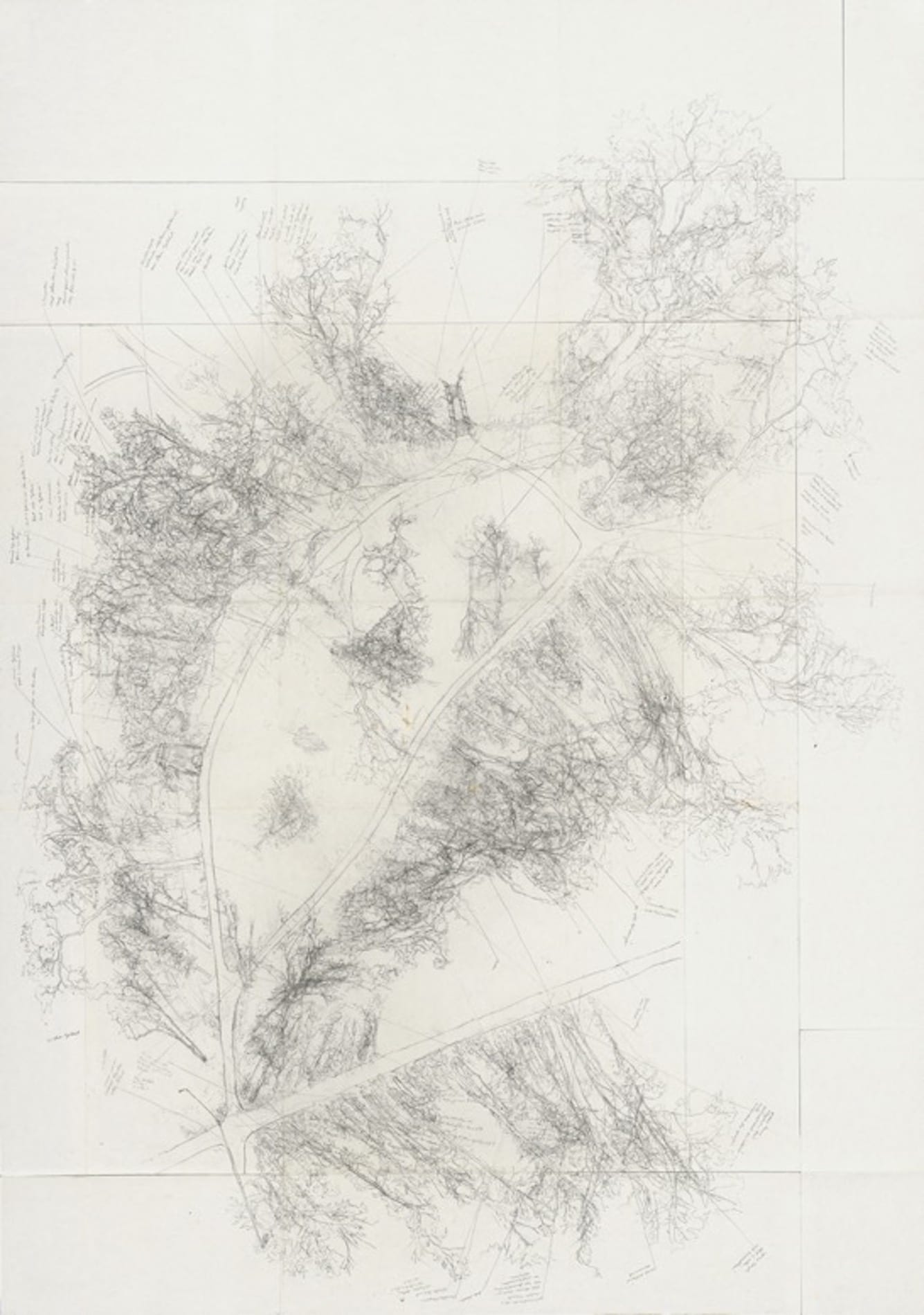
© Pia Linz und Galerie Fahnemann
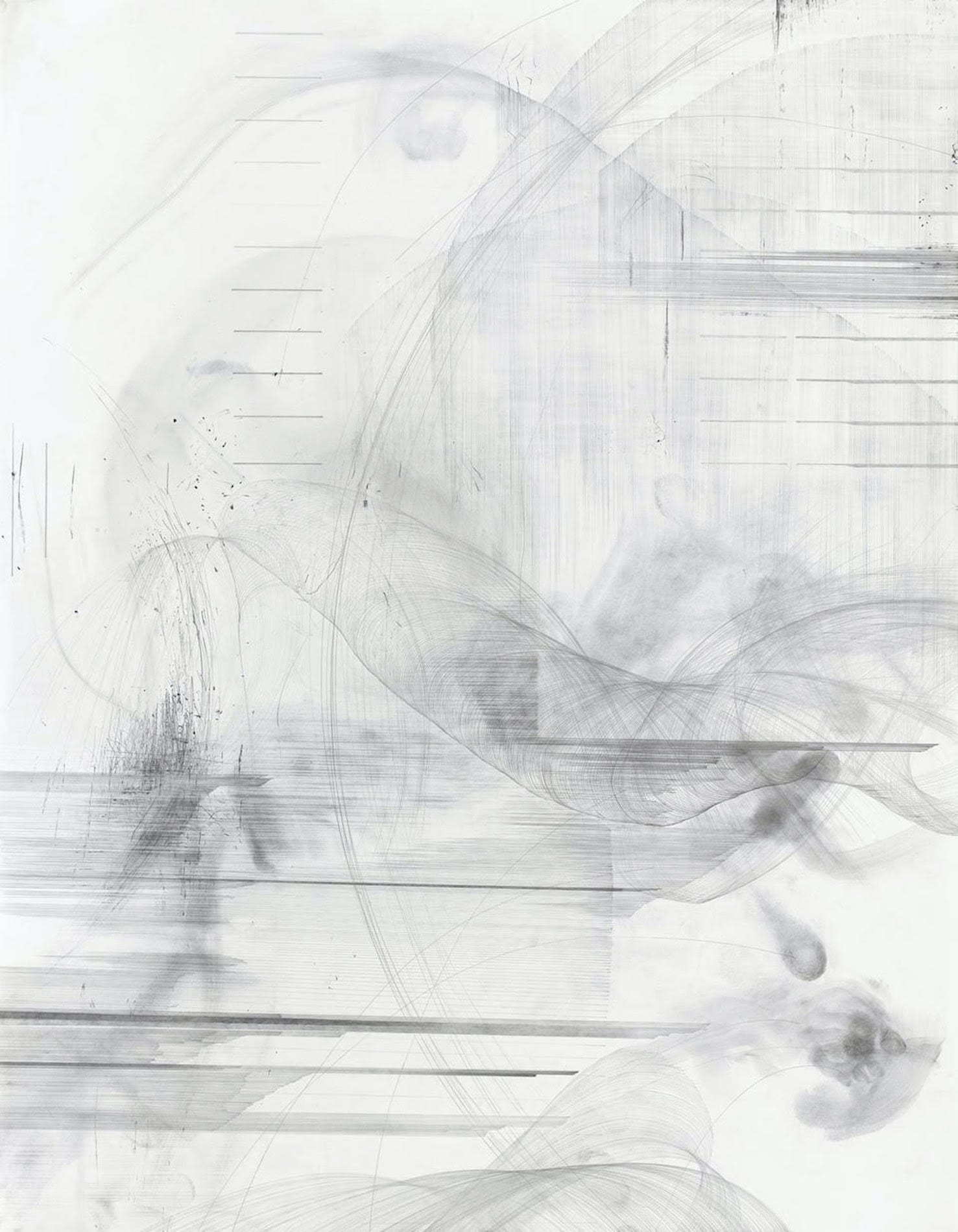
© Nicole Wendel

© Lucius Fekonja, Charité – Universitätsmedizin Berlin, Klinik für Neurochirurgie
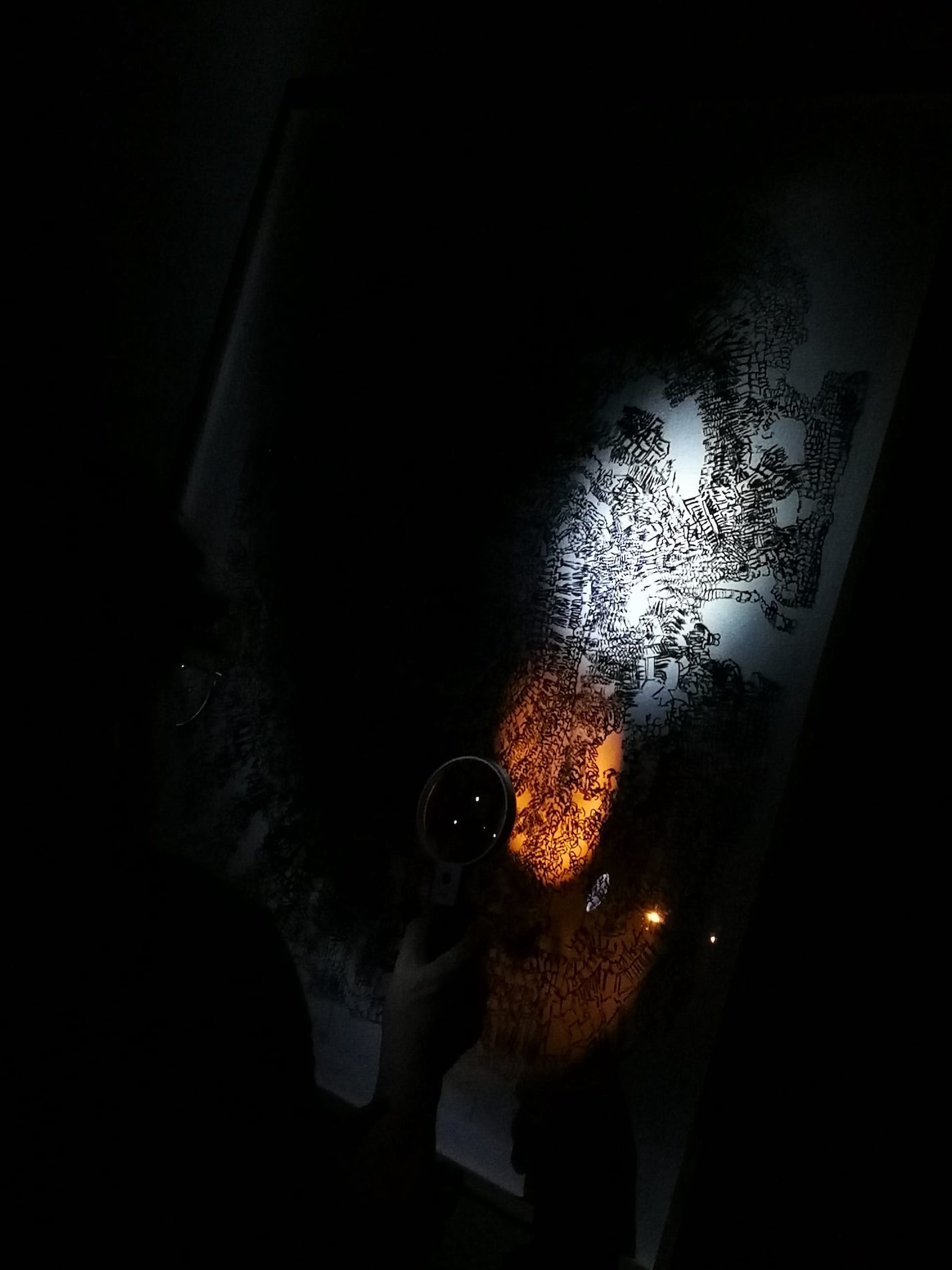
© Kleine Humboldt Galerie
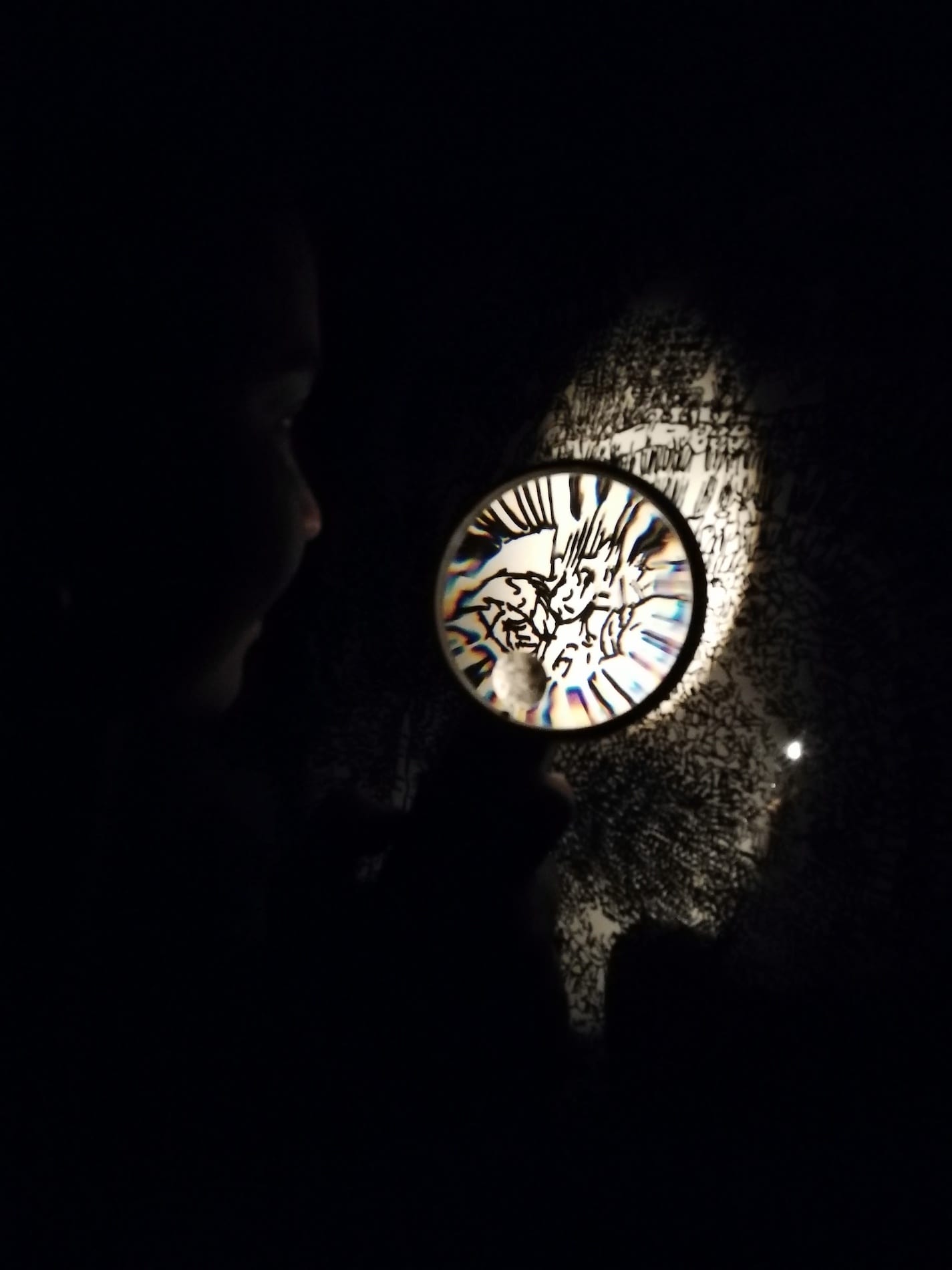
© Kleine Humboldt Galerie
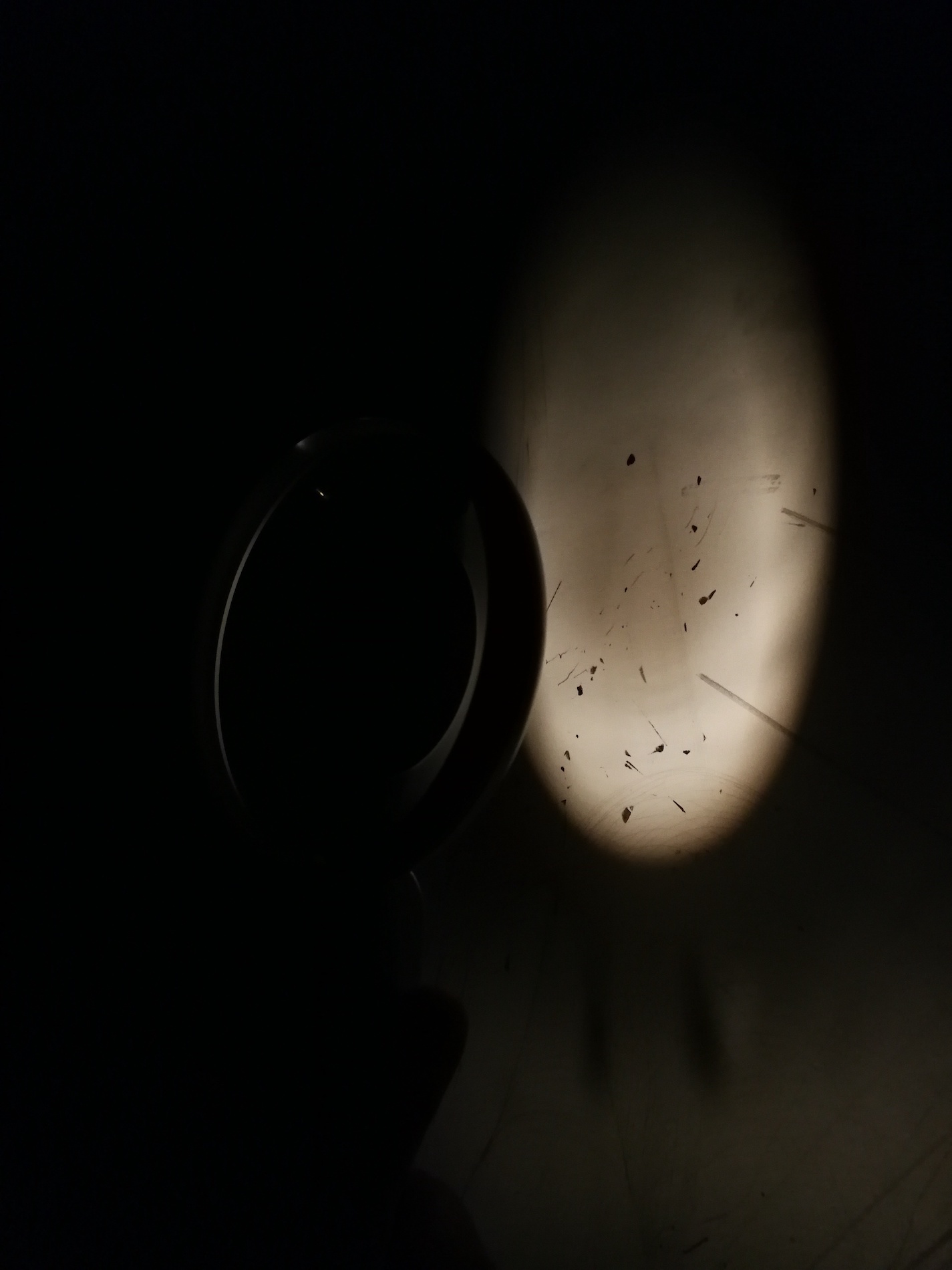
© Kleine Humboldt Galerie
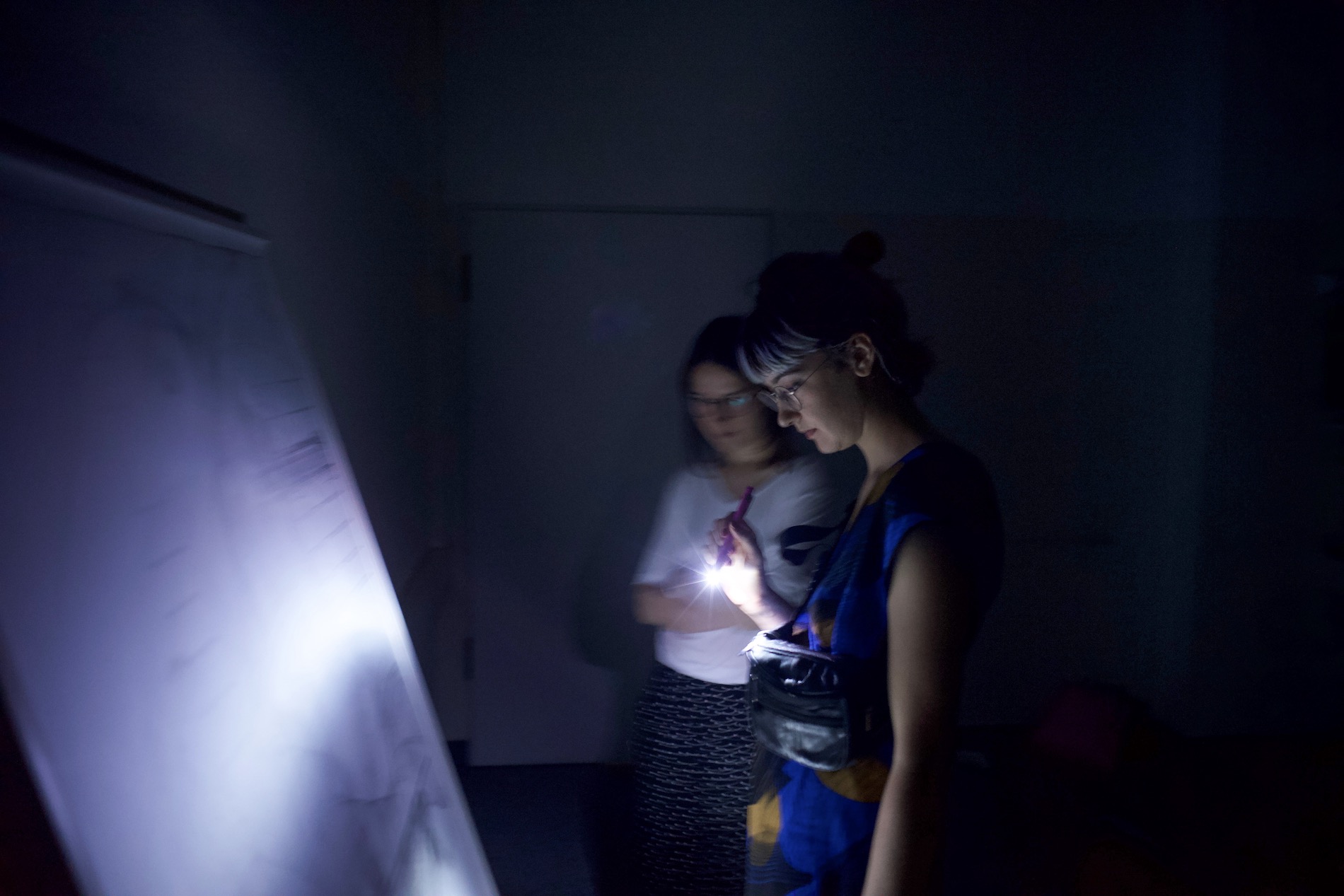
© Kleine Humboldt Galerie
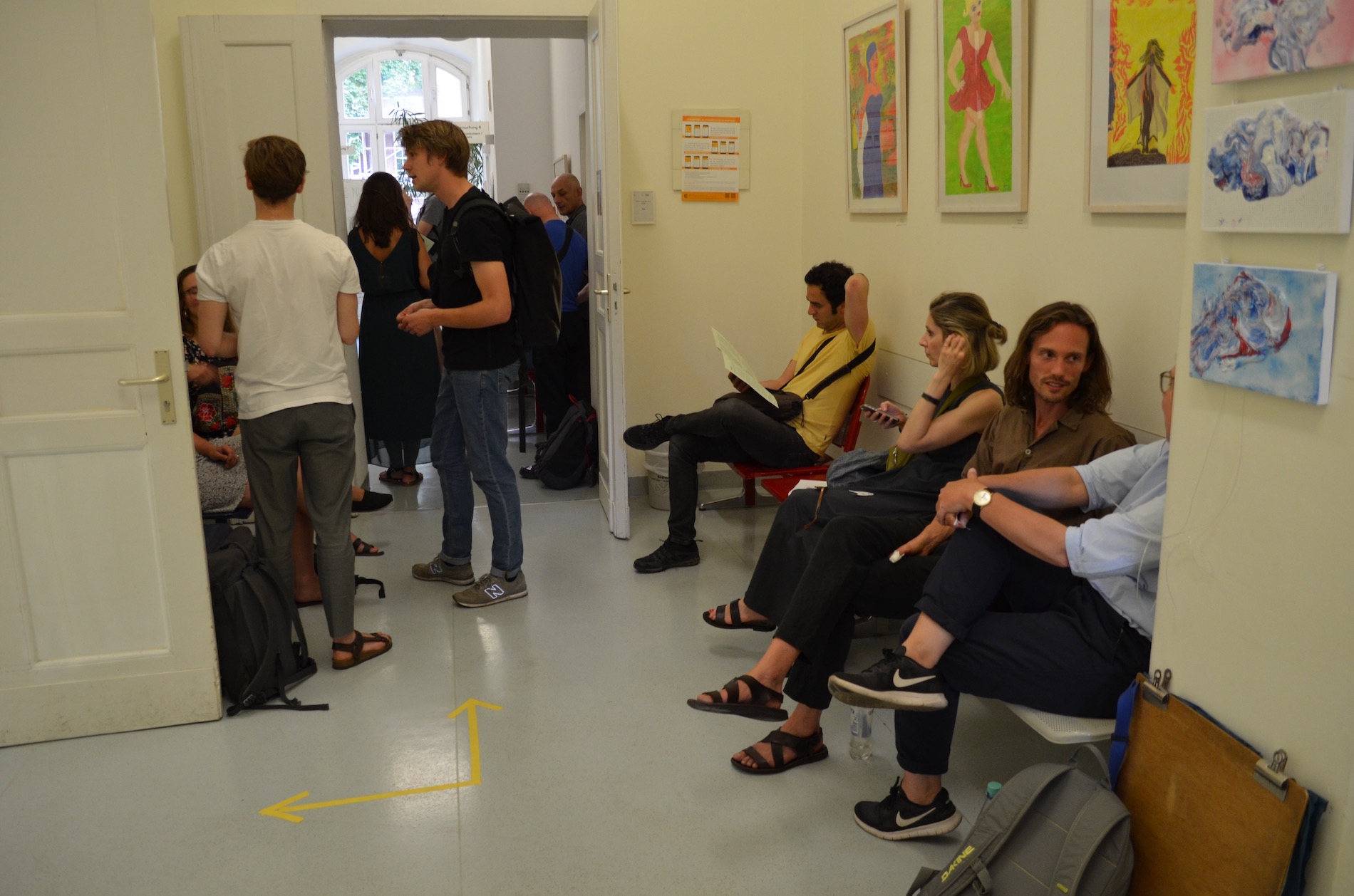
© Kleine Humboldt Galerie
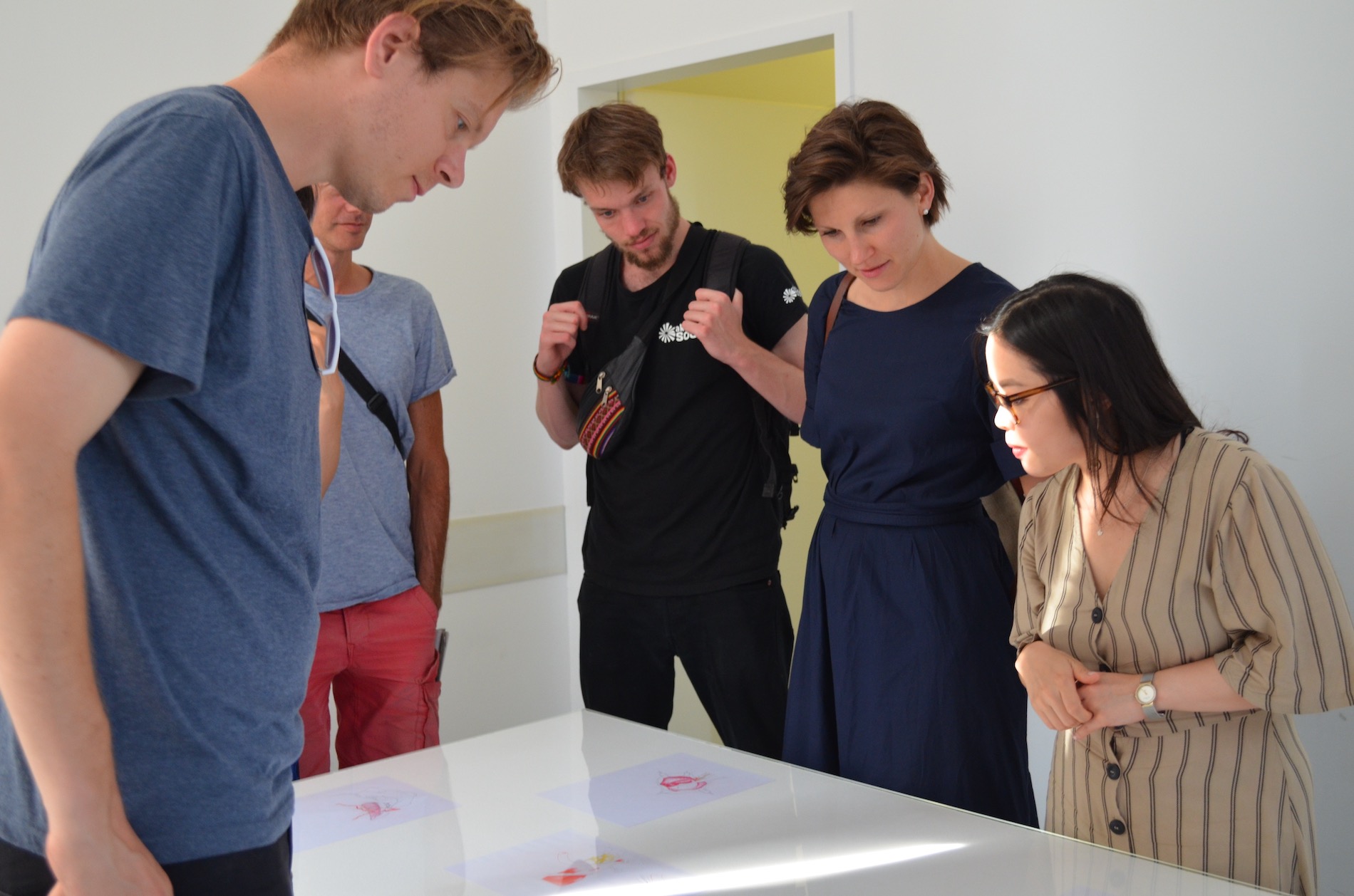
© Kleine Humboldt Galerie
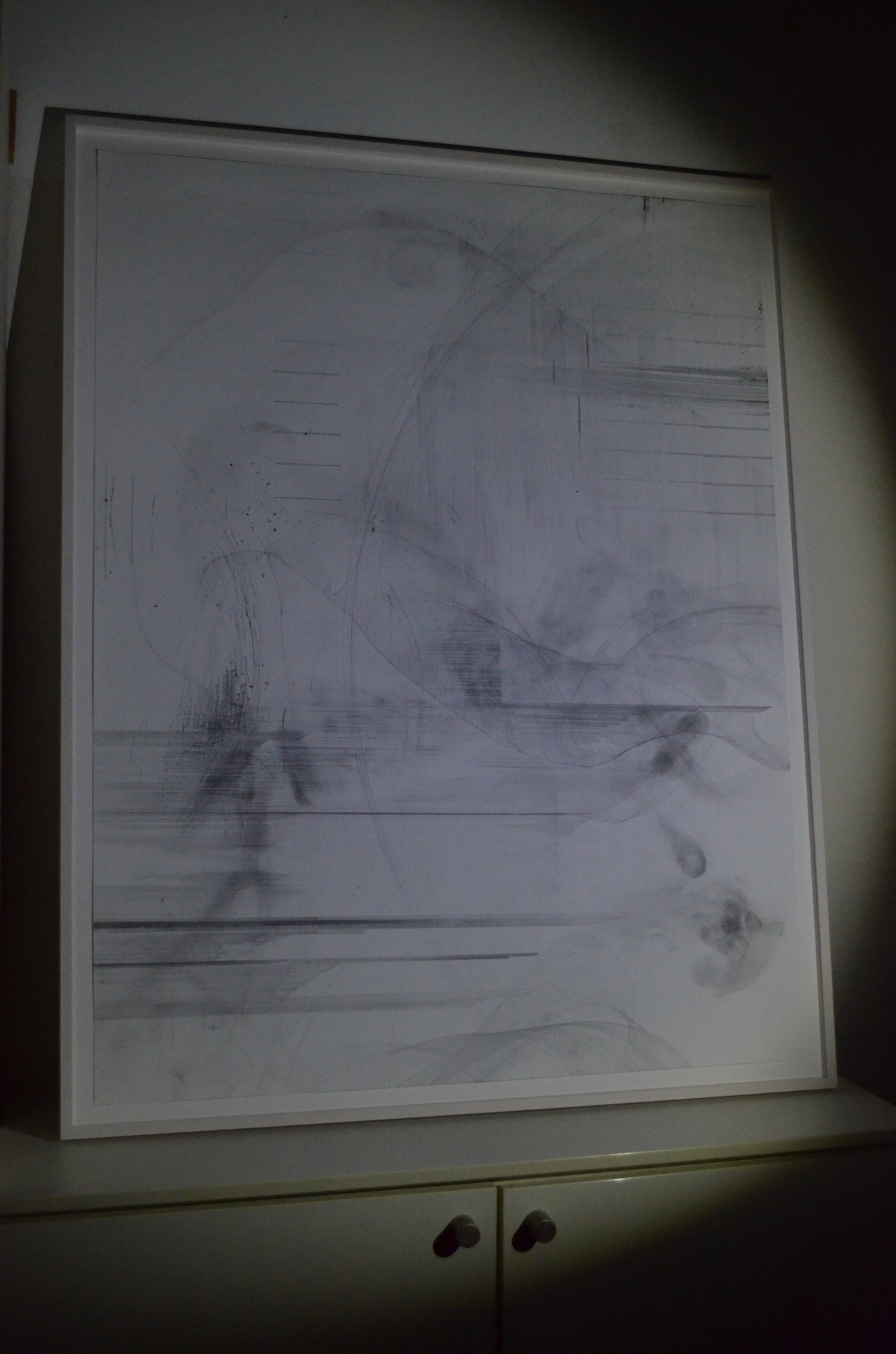
Nicole Wendel, Coredrawing #4, 2019. Foto: © Kleine Humboldt Galerie
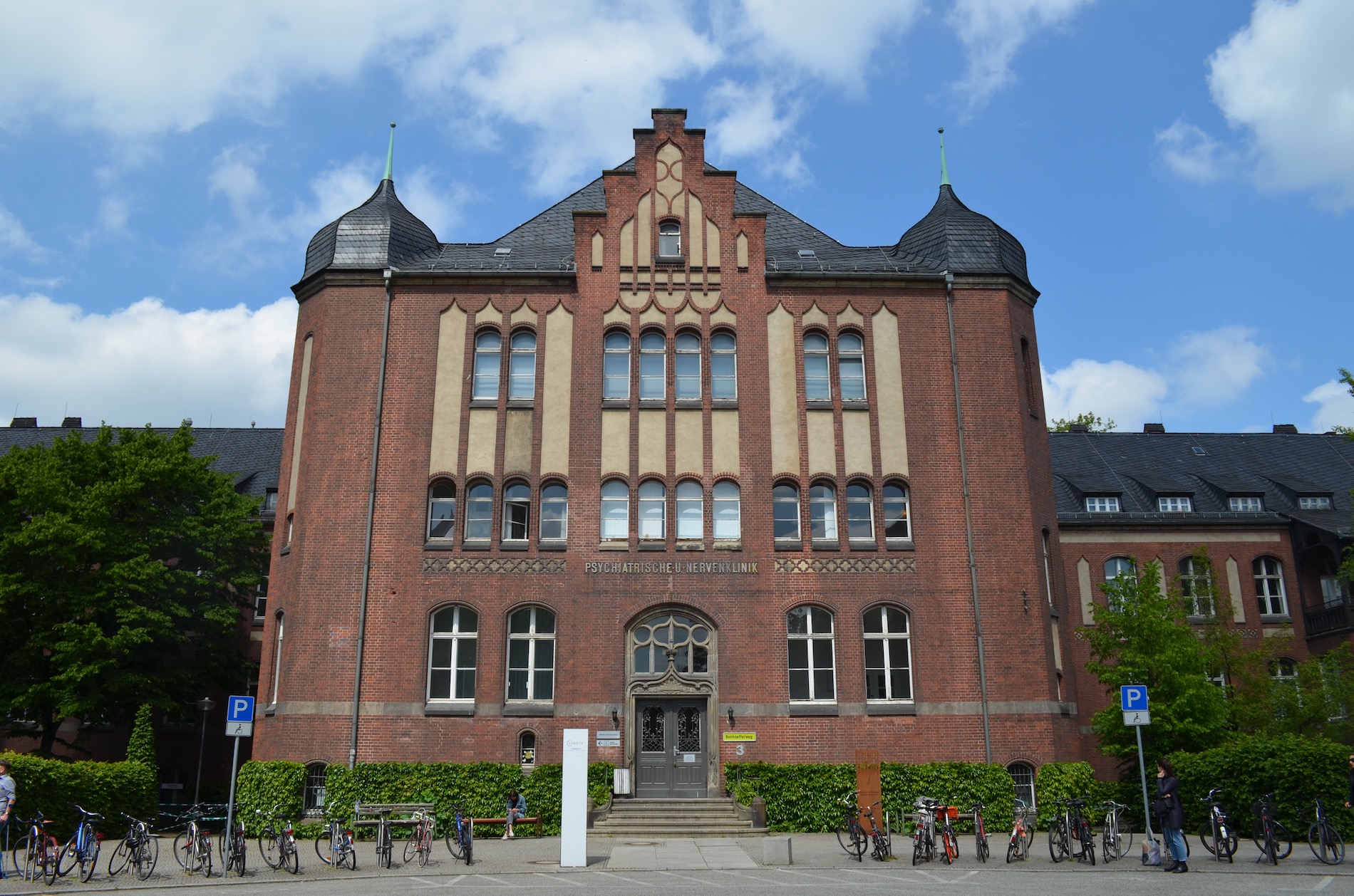
© Kleine Humboldt Galerie
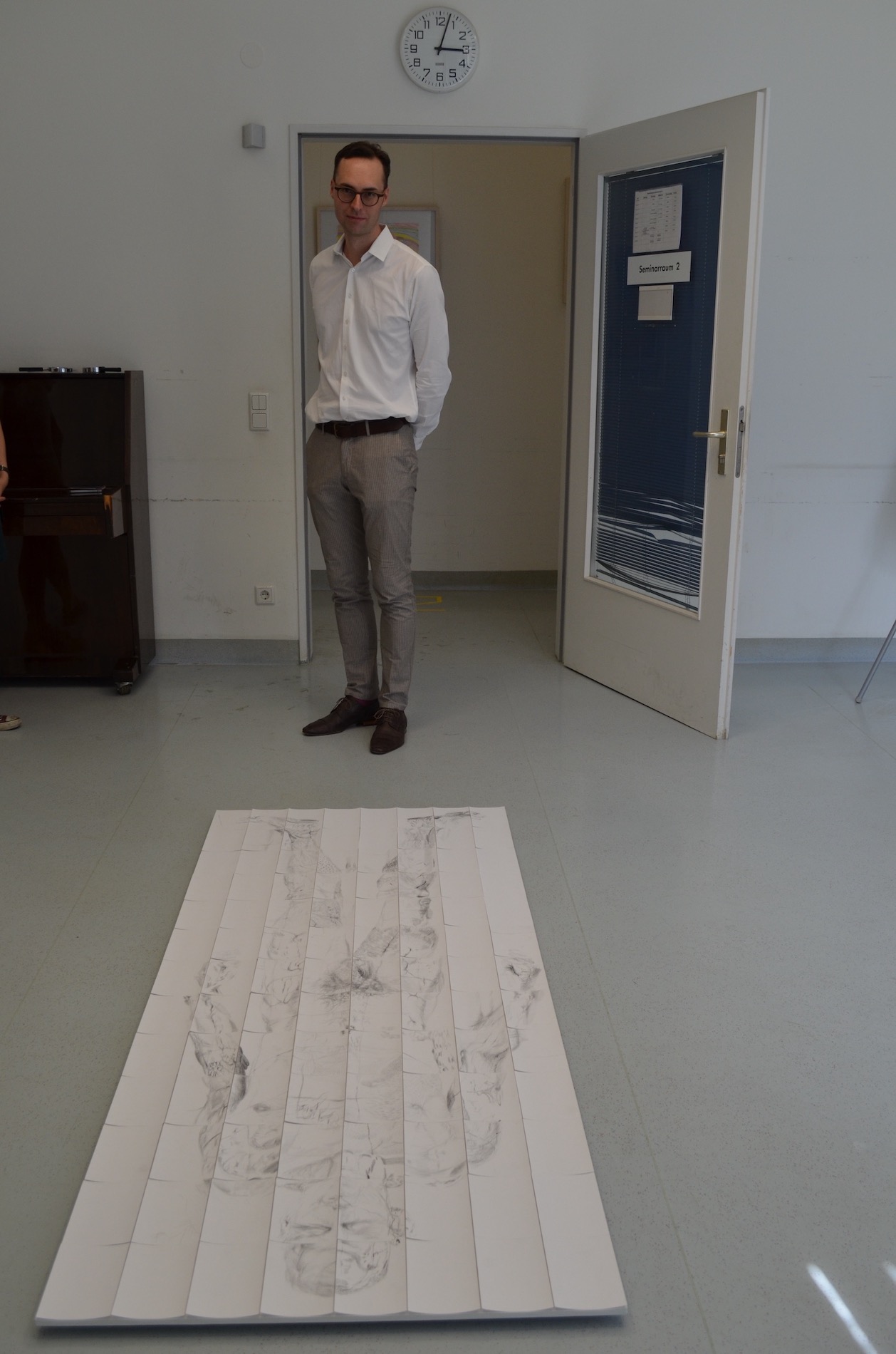
© Kleine Humboldt Galerie
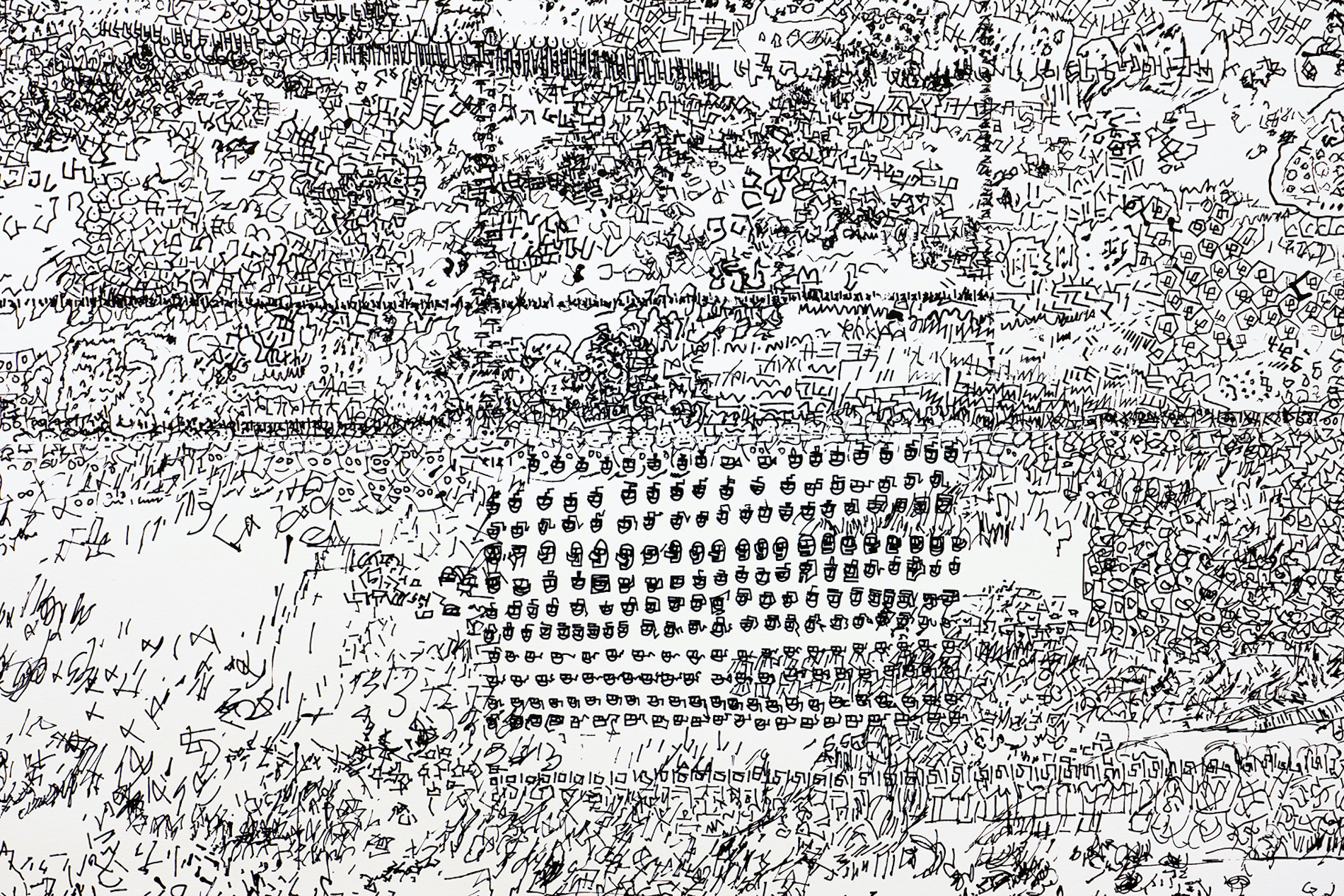
© Christian Schellenberger
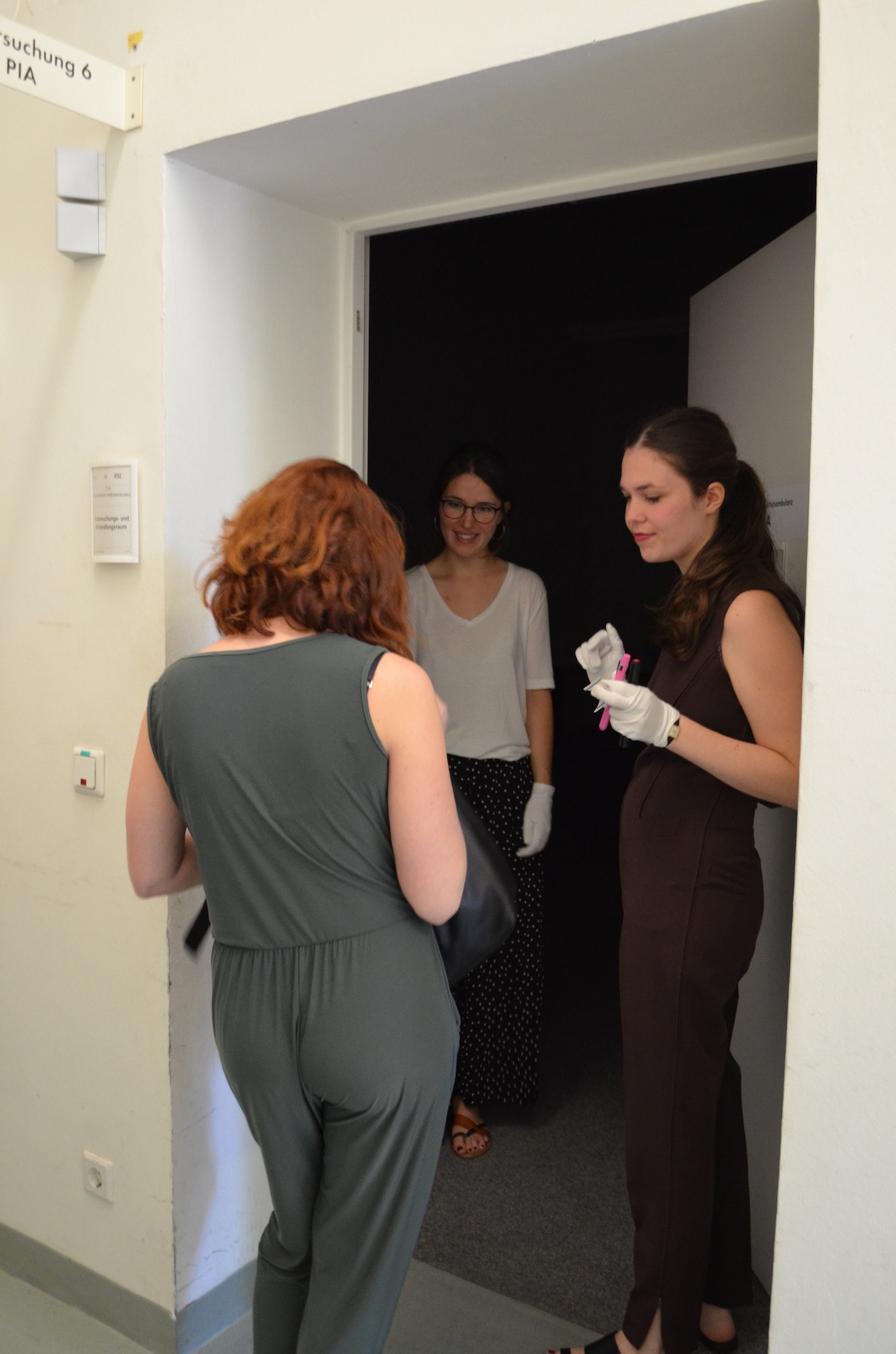
© Kleine Humboldt Galerie

© Christoph Bartolmäs

